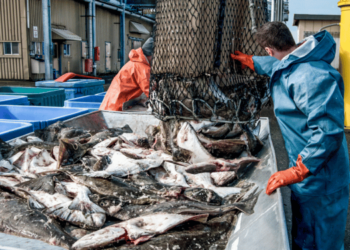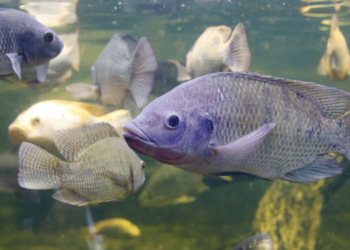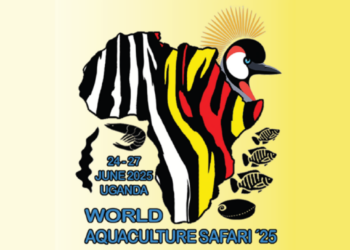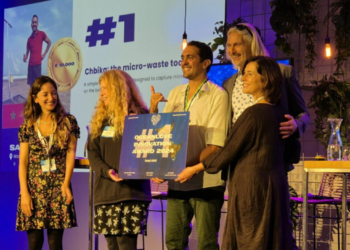Innovative circular waste management project in aquaculture – An unprecedented approach to managing aquaculture waste could revolutionise the industry, returning by-products as food for ocean life. Research led by the Scottish Association for Marine Science (SAMS), with support from the Sustainable Aquaculture Innovation Centre (SAIC), could offer new insights into more circular waste management, also involving Scottish Sea Farms, Power and Water, and Tradebe in the research.
Aquaculture waste, although already recycled to a large extent, could become ingredients for high-protein feed in the farmed salmon industry. Power and Water’s innovative electrochemical and ultrasonic technology will be used at Scottish Sea Farms’ Barcaldine hatchery, extracting excess water from the waste before feeding the remaining nutrient-rich material to the sea worms.
The second stage involves assessing the nutritional profile of the worms to determine their suitability as feed ingredients. Polychaetes, already used in fish production, could be a key source of feed for sustainable aquaculture. Waste water will then be filtered using algae to absorb nitrogen and phosphorus.
The research, which aims to reduce environmental impact and greenhouse gas emissions compared to traditional disposal methods, could revolutionise the approach to managing liquid waste from aquaculture. SAMS plans to bring the circular concept to market through a spinout called N-ovatio-N, winner of the Converge Challenge.
Ewen Leslie, freshwater engineering manager at Scottish Sea Farms, emphasised the project’s potential to diversify and expand deliverable by-products. Heather Jones, CEO of SAIC, highlighted the positive impact of the initiative, not only from an environmental perspective but also in terms of commercial opportunities for co-products. By supporting collaborative research initiatives such as this, aquaculture could reduce its environmental footprint and increase its economic impact.
Innovative circular waste management project in aquaculture









